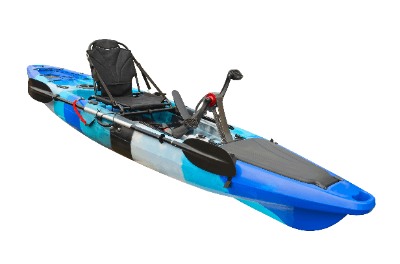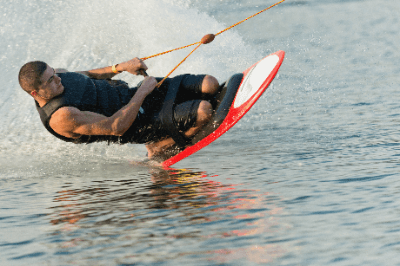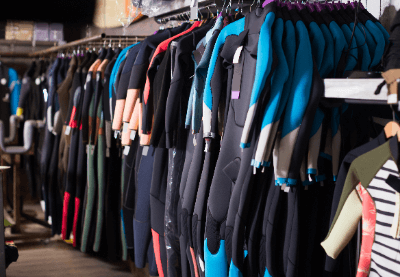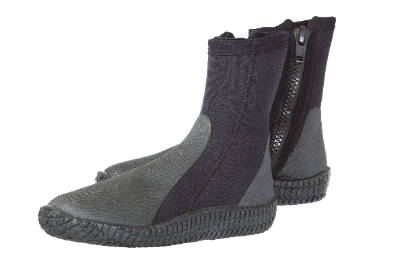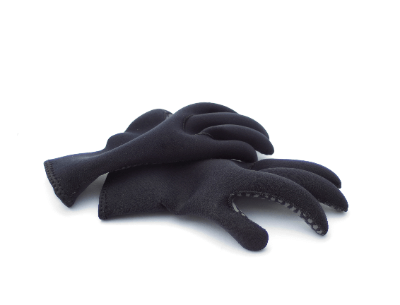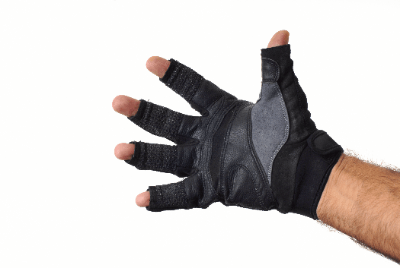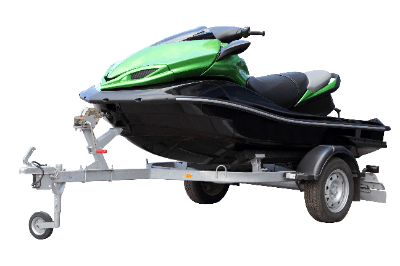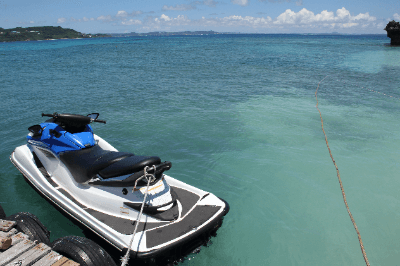What Is a Base Layer?
A Base Layer refers to outdoor underwear worn directly against the skin.
Also known as the First Layer, it is the first layer of clothing worn and is designed to quickly absorb sweat, separate moisture from the body, and expel humidity. Its quick-drying nature helps prevent chilling, and by keeping the skin dry, it aids in maintaining body temperature.
The predominant materials for Base Layers are synthetic fibers, although natural Merino wool, a type of wool with antimicrobial properties that resist odor, is also utilized. Merino wool is resistant to bacterial growth, keeping unpleasant odors at bay, and offers added moisture retention benefits when used in winter. When searching for Base Layers, options are often more abundant in mountaineering-oriented products rather than marine-specific ones.
Uses of Base Layer
Base Layers are particularly useful in marine outdoor activities such as diving and sea kayaking. In diving, where wetsuits are worn, avoiding cooling due to sweat is essential.
Products made from natural materials like cotton or rayon, with high water absorption and retention properties, should be avoided. Instead, products made from synthetic fibers such as polyester, which dry quickly, are more suitable. For frequent divers, Base Layers specifically designed for diving, such as those for scuba diving, are preferable.
During winter sea kayaking, layering with Base Layer, mid-layer, and outerwear (shell layer) is crucial for warmth. Base Layers made from natural Merino wool are well-suited for this purpose.
Because it doesn’t rob body heat even when wet, the buttocks don’t feel excessively cold. When engaging in outdoor activities during winter, Base Layers are indispensable.
Principles of Base Layer
The materials for Base Layers are primarily classified into three categories: synthetic fibers, wool, and hybrid, a blend of synthetic fibers and wool.
1. Synthetic Fibers
Excellent in moisture-wicking and quick-drying properties, synthetic fibers are resistant to abrasion. However, they can feel cold when wet with sweat, and unpleasant odors may develop after prolonged use.
2. Wool
Wool has a natural deodorizing effect, making it resistant to unpleasant odors. It doesn’t feel as cold when wet with sweat and provides high insulation. However, it has inferior abrasion resistance and drying speed compared to synthetic fibers.
3. Hybrid
Hybrid materials combine the characteristics of synthetic fibers and wool. However, compared to 100% synthetic or 100% wool, they may have inferior properties such as abrasion resistance, moisture-wicking, and deodorizing effects. Synthetic fibers are suitable for heavy sweating, while wool is preferable for those sensitive to the cold.
Structure of Base Layer
The neck structure of Base Layers comes in two types: zip neck and round neck. The fabric thickness of underwear can be selected, with options like lightweight and mid-weight.
1. Zip Neck
The zip neck prevents sunburn around the neck and allows temperature regulation by opening and closing the zipper. Its technical appearance makes it unsuitable for town use.
2. Round Neck
Round neck is common in casual wear and doesn’t look out of place in urban settings. It lacks temperature regulation capability, and a large area around the neck is exposed to UV rays.
3. Lightweight
Lightweight fabrics are thin and dry quickly when wet with sweat. They remain cool during activities and have excellent quick-drying properties. However, they offer lower insulation, making them suitable for summer.
4. Mid-Weight
Mid-weight fabrics are thicker, providing moderate insulation. Intense physical activity in summer may cause overheating, making them more suitable for spring or fall.
Types of Base Layer
The silhouette of a Base Layer can be categorized into underwear and shirts. In comparison to snug-fitting underwear, shirts are more relaxed.
1. Underwear
Conforming closely to the skin, underwear quickly absorbs sweat. However, it may not be suitable for standalone activities when worn alone.
2. Shirts
Concealing the body’s lines, shirts are easy to wear as a single layer. Due to the fabric being away from the skin, they have lower water absorption compared to underwear.

